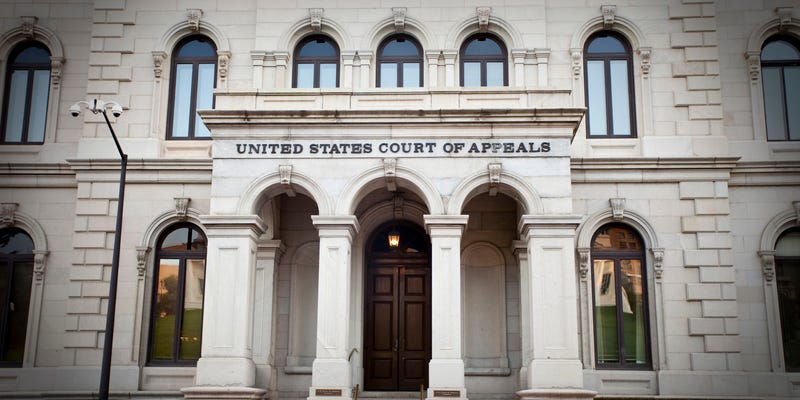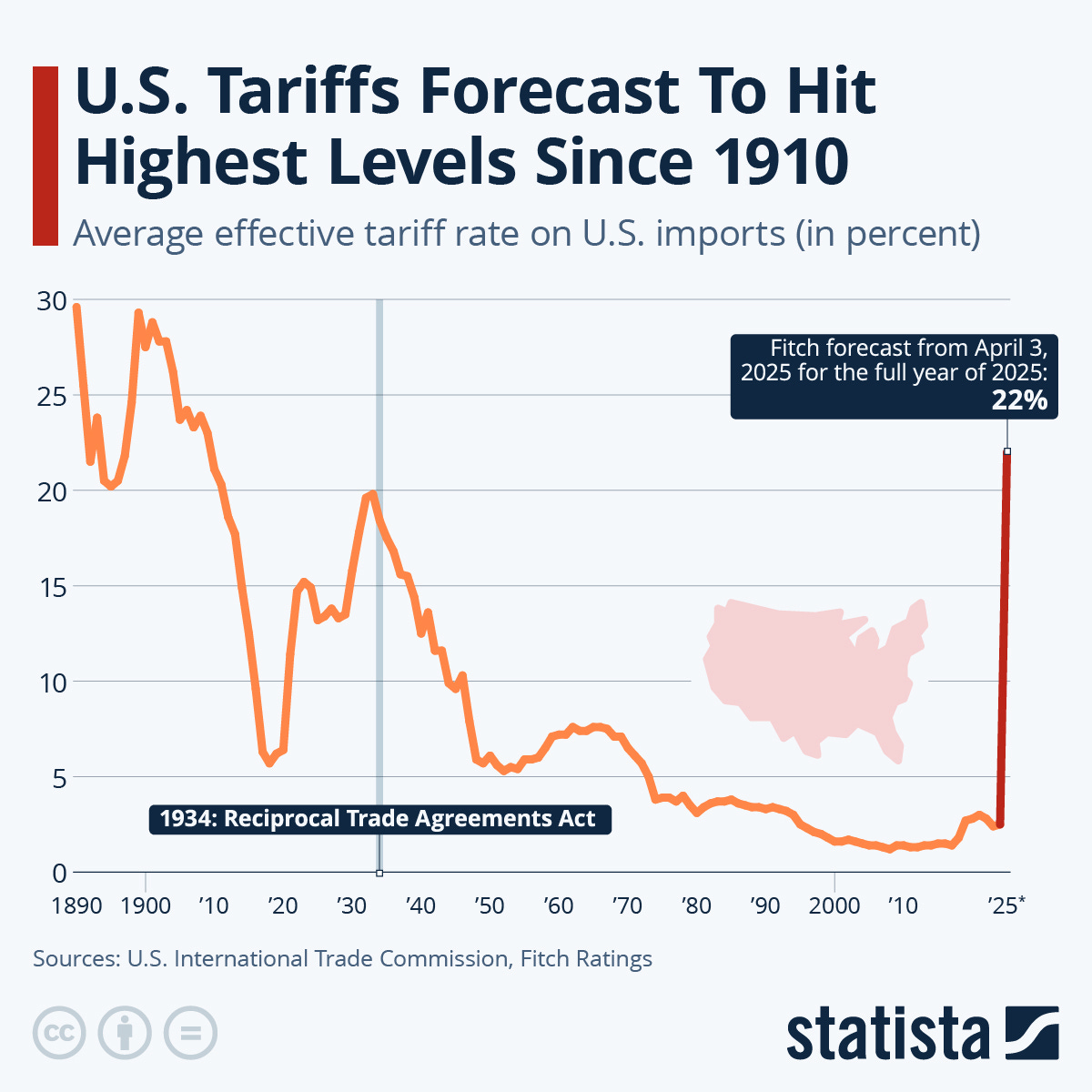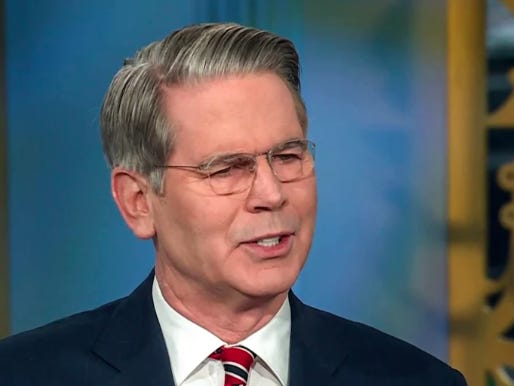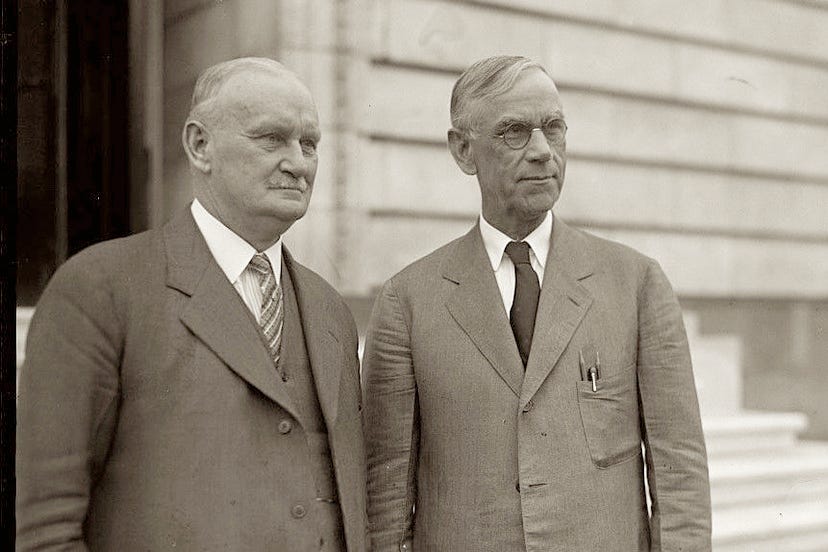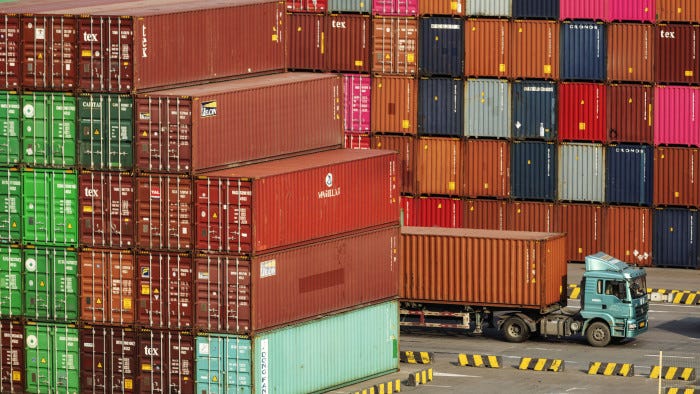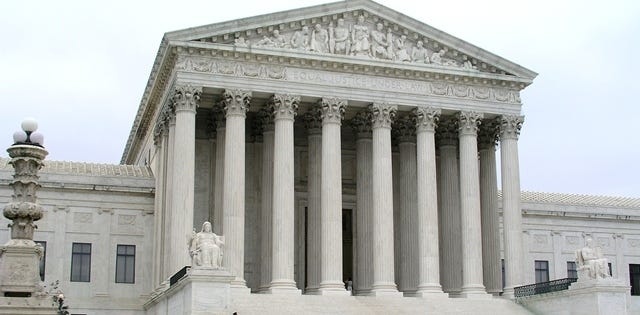On Friday, a 7–4 ruling from the US Court of Appeals for the Federal Circuit demolished the legal foundation of President Trump's tariff policy. The court declared most of his import duties illegal, finding that he had seized powers that Congress never granted him. The ruling strikes at the heart of Trump's economic agenda and throws global markets, American businesses, and US trading partners into a fresh wave of uncertainty about Trump’s tariff regime.
Within hours, Trump was blasting the decision on social media: "If allowed to stand, this Decision would literally destroy the United States of America," he wrote on Truth Social, calling the appeals court "Highly Partisan" and vowing to appeal to the Supreme Court. He followed that up Tuesday, saying, “If you take away tariffs, we could end up being a third-world country… The stock market’s down because of that, because the stock market needs the tariffs. They want the tariffs.”
What the judges said
The case centers on Trump's interpretation of the 1977 International Emergency Economic Powers Act (IEEPA). That law gives presidents the authority to freeze assets, block financial transactions, and impose targeted sanctions when there is an "unusual and extraordinary threat" from foreign sources.
Trump used the IEEPA to justify two sets of punitive tariffs. He said that the "reciprocal tariffs" he announced in April — which range from 50% on Brazil and India to a 10% baseline on most other countries — were in response to a trade deficit emergency. And earlier levies on China, Canada, and Mexico were ostensibly to combat an emergency of fentanyl trafficking.
The court wasn’t buying it. It found that neither of Trump’s alleged emergencies is "unusual and extraordinary" — the US has run trade deficits every year since 1976, and drug trafficking has been a problem for decades. The court was skeptical that these longstanding conditions could suddenly be deemed emergencies justifying unprecedented tariffs.
In addition, the IEEPA was designed as a scalpel, not a sledgehammer. It has been used for targeted financial sanctions against specific bad actors like terrorist networks after 9/11, Russian oligarchs following the Ukraine invasion, and Iran's banking system to prevent nuclear proliferation. But it was not intended to create blanket import taxes or rewrite America's trade relationship with the entire world, according to the court.
"The statute bestows significant authority on the President to undertake a number of actions in response to a declared national emergency, but none of these actions explicitly include the power to impose tariffs, duties, or the like," the court’s majority wrote. In fact, the IEEPA doesn't even mention tariffs.
The court’s unusual composition underscores the significance of the decision. Three-judge appeals panels handle most cases, but this dispute was heard "en banc" by the full 11-member Federal Circuit Court — a rare procedure reserved for cases of exceptional legal importance or occasions when the court wants to reconsider established precedent.
The administration’s response
The administration is already preparing its appeal. Treasury Secretary Scott Bessent expressed confidence that the Supreme Court justices would "uphold the president's authority to use IEEPA" but said that the administration has backup plans if things don’t swing their way.
One option is the Smoot Hawley Act of 1930. A provision of the legislation allows the president to impose tariffs of up to 50% for five months on countries that practice trade discrimination against the US. (The Smoot Hawley Act is described on an official US Senate website as "among the most catastrophic acts in congressional history" because it led to a trade war that hobbled the US economy and deepened the Great Depression.)
Another option would be to widen the use of Section 232 of the Trade Expansion Act. It allows tariffs if the Commerce Department determines that they would serve national security. Trump already imposed steel and aluminum tariffs under Section 232, and those levies remain in place.
The Trade Act of 1974 offers another path. It lets the president impose tariffs of up to 15% in response to “unfair trade practices.” But the tariffs would require congressional approval after 150 days.
The broader impact
The likely consequences of the ruling extend far beyond the legal technicalities.
Companies have already paid billions in tariff duties since Trump's return to office — revenue that could now be subject to refunds if the Supreme Court upholds the ruling. The Justice Department claimed in a letter to the court that this could mean "financial ruin" for the United States.
For businesses struggling to navigate Trump's ever-shifting trade policies, the ruling adds another layer of confusion. "Retailers typically plan their inventories six to nine months in advance to meet seasonal demand. However, unpredictable and rapidly changing tariff policies are making it nearly impossible to forecast costs, place orders and manage supply chains effectively," the National Retail Federation noted earlier this year. A Supreme Court ruling might not come until next year, prolonging the uncertainty that has already cost businesses billions in planning disruptions and supply chain reorganization.
The ruling also has major implications for consumers. Despite Trump's claims that foreign countries pay his tariffs, the reality is simpler and more painful for Americans. When a shipment of goods arrives at a US port, it's the importer — whether that's a manufacturer in Ohio or a retailer in Texas — who writes the check to customs officials. Some companies absorb part of the hit to their profit margins, but most pass the cost directly to consumers through higher prices.
And the ruling is reverberating across global capitals. European Union officials and leaders in other countries who had negotiated agreements to avoid Trump's reciprocal tariffs now face the possibility that those deals could become moot.
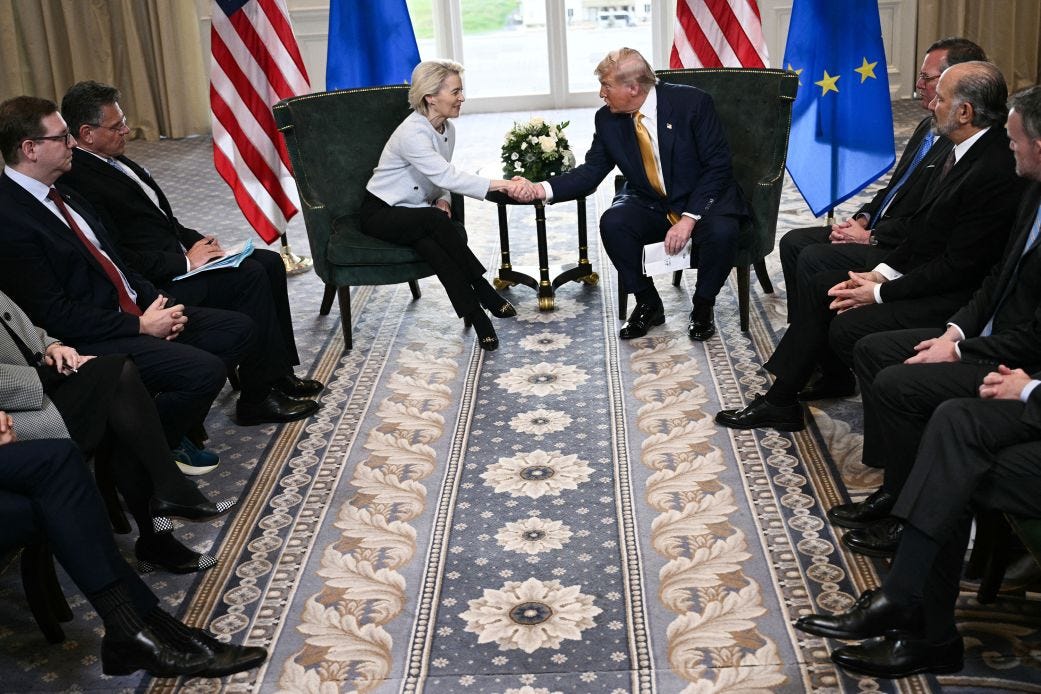
But they, too, lack certainty. The ruling "produced a certain amount of relief globally," noted the Council on Foreign Relations. But "America's trade partners are very conscious of the fact that the United States does have legal tools other than the International Emergency Economic Powers Act (IEEPA) that can be used to impose tariffs, so the court ruling didn't take away all tariffs or future tariff threats."
America's geopolitical goals could be affected as well. Trump has used tariff threats as leverage on drug interdiction in Mexico and Canada, and more recently he threatened 100% tariffs on countries that buy Russian oil — particularly China and India — as part of his strategy to pressure Russia over Ukraine. If the Supreme Court lets the ruling stand, it would significantly weaken his hand.
A test of Trump’s power
Finally, the case represents a test of executive power.
The framers of the Constitution explicitly gave Congress, not the president, control over taxation and trade regulation, and the appeals court’s majority thinks they feared precisely the kind of unilateral executive action Trump has attempted. If persistent trade deficits qualify as emergencies, then virtually any economic condition could be used to justify sweeping presidential powers under IEEPA — an “unlimited authority to impose tariffs” that Congress seems “unlikely” to have meant to delegate, according to the majority, since “tariffs are a core Congressional power.”
The majority invoked the major questions doctrine, suggesting that it thinks the Supreme Court may be skeptical of such expansive executive claims. The doctrine requires that Congress’s intent to expand the power of the executive be clear — not just a possible interpretation of a statute, but an obvious delegation of authority. The judges argue that if Congress wanted the executive branch to assert powers of "vast economic and political significance," they would have said so.
But the legal dispute is far from settled.
The court’s split decision reveals deep disagreement among the jurists, with the four dissenters arguing that Trump’s use of IEEPA "is not an unconstitutional delegation of legislative authority under the Supreme Court's decisions." The margin of the decision, and the fact that Chief Judge Kimberly Moore sided with Trump, indicates that the White House’s legal arguments weren't entirely frivolous and might have a chance at prevailing in the Supreme Court.
At stake is not just the fate of Trump’s trade war but the question of how much power a president can claim by declaring an emergency, and what counts as an emergency in the first place. The justices’ answer could shape American governance for generations to come.



